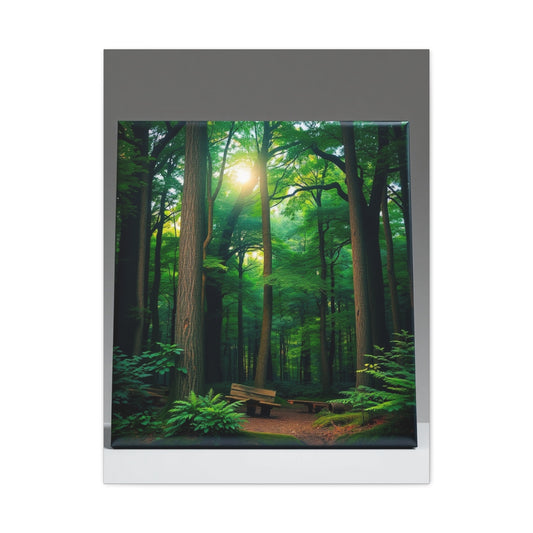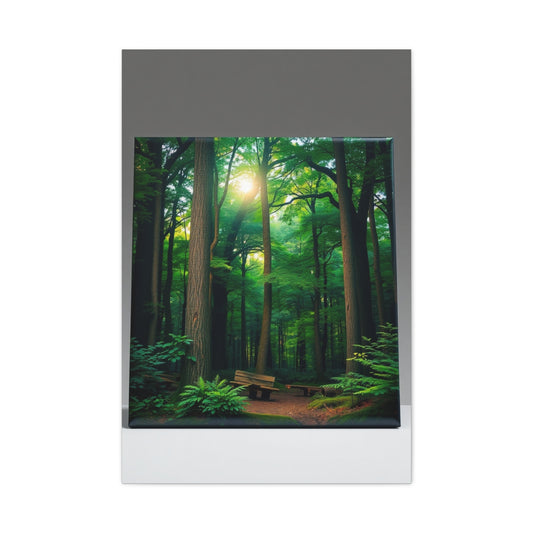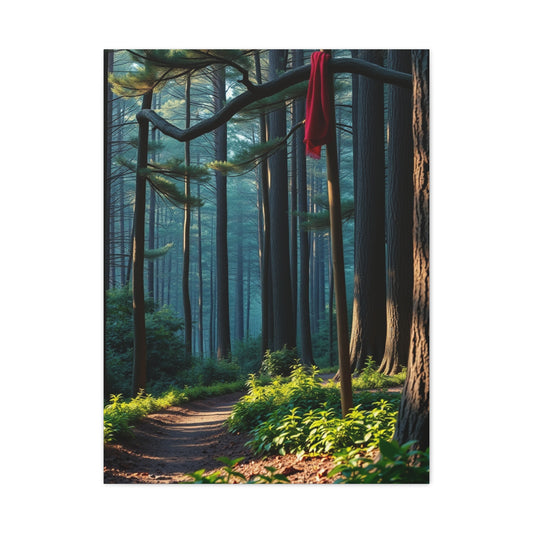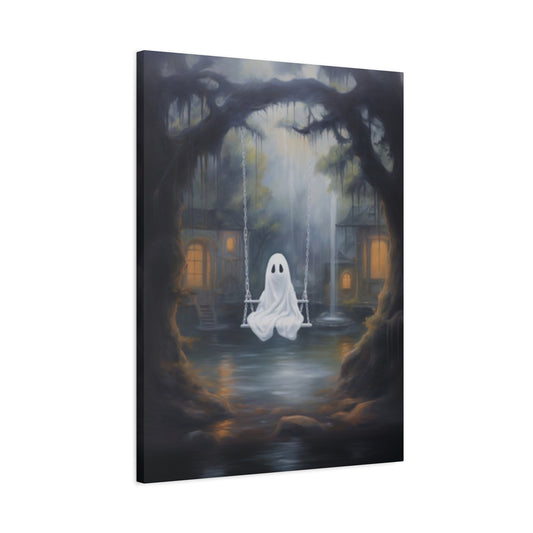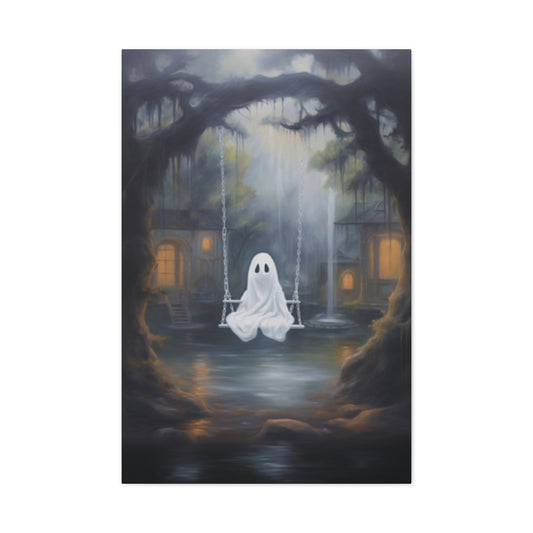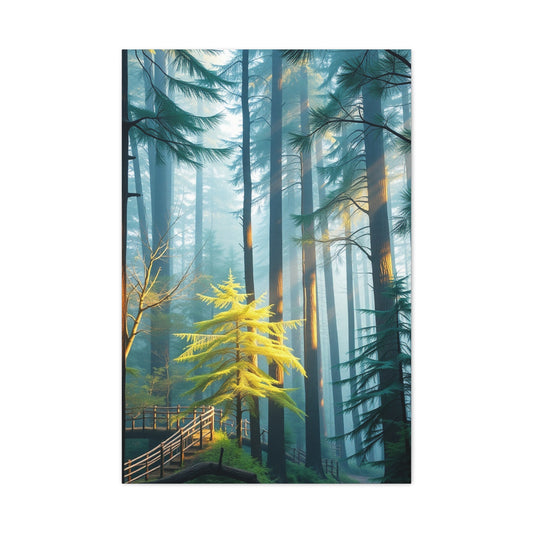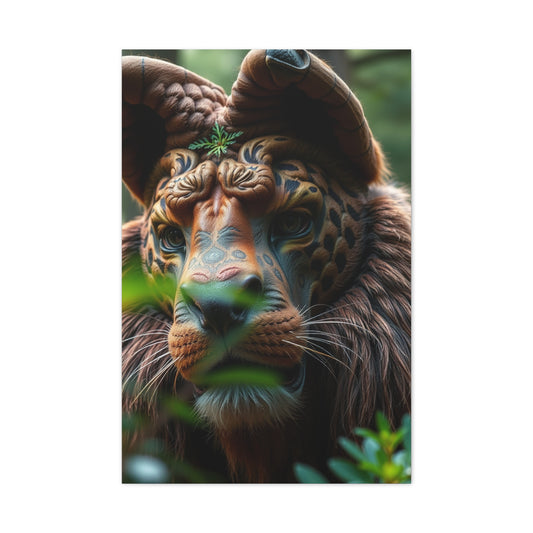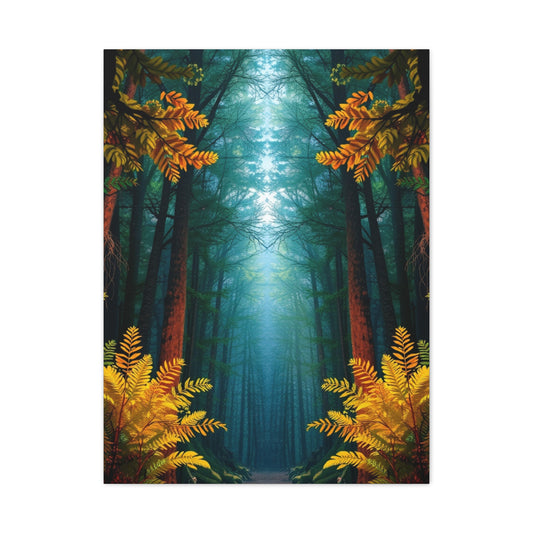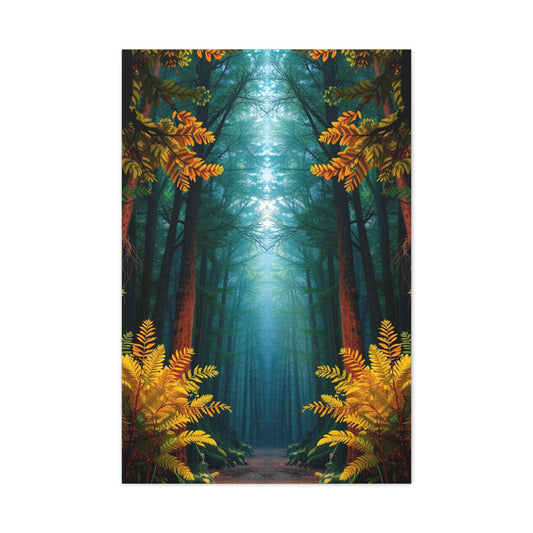Fashion photography is an art that involves not just capturing the beauty of a model but also showcasing the latest fashion trends through a dynamic and compelling visual language. A model's pose plays a crucial role in creating a connection between the viewer and the fashion being displayed. While there are many aspects to consider when taking a great photo, how a model poses can make or break the shot. Whether it’s a high-end couture shoot or a more casual fashion campaign, the right model pose can highlight the clothing and accessories in the best possible light.
This article outlines 25 model poses that are ideal for fashion photography, along with tips and techniques to help you direct your model, regardless of their experience level. By experimenting with these poses, you’ll enhance your fashion photography skills and bring a fresh perspective to your work.
Tips for Posing Beginner Models
When working with beginner models, it’s important to be patient and understanding. New models might not know how to position their bodies naturally, so your role as a photographer is to make them feel comfortable and confident. Here are some key tips for posing beginner models:
Keep Poses Simple
For those new to modeling, simple poses work best. Complex poses that require the model to pay attention to multiple aspects of body positioning can be overwhelming. Instead, focus on basic, easy-to-execute poses that are natural. Simple poses allow the model to relax, enabling their true personality to shine through in the photos.
Show Images as You Shoot
It’s a great idea to show the model some of the shots you've taken as you go along. This allows them to understand what works and gives them a better sense of how they look on camera. It also boosts their confidence and makes them more comfortable in front of the lens. Seeing themselves in your style of photography helps them adjust their poses and improve their performance.
Create a Comfortable Environment
Establish a relaxed atmosphere during the shoot. Take the time to chat with your model, perhaps even enjoying a coffee together at the start of the session. A calm and friendly environment makes the model feel at ease, which is reflected in their natural expressions and movements. The more comfortable they feel, the more likely they will give you their best work.
|
Related Catagories: |
25 Fashion Model Poses to Try
Now, let’s explore the top 25 fashion model poses that can elevate your photo shoot. Feel free to experiment with these ideas to add variety, depth, and energy to your shots.
1. Head-On Pose
The head-on pose is a classic and powerful way to showcase a model's facial features and personality. When a model faces directly toward the camera, it creates an immediate connection with the viewer. This pose is simple, yet it allows the model to convey a range of emotions depending on their expression. The eyes are often the focal point of this pose, and they can communicate everything from confidence and strength to vulnerability and contemplation.
For a more dynamic effect, ask the model to alter their gaze slightly to one side or engage in subtle facial expressions that evoke different moods. Whether the model is smiling softly or looking intensely into the lens, the head-on pose emphasizes their presence and can produce a striking shot, making it ideal for close-ups or fashion photography where the focus is on the model's features.
A key to making the head-on pose successful is proper framing. Ensure the model is positioned at a flattering angle and that their body posture is open, relaxed, and engaging. With this pose, it’s important to guide the model's posture to avoid stiffness and achieve a natural look.
2. Low-Angle Shot
Shooting from a low angle is an excellent technique for emphasizing power and dominance in a model’s pose. By photographing the model from below, you give them a towering presence, which visually enhances their stature and authority. This technique can create an intense mood, making the model appear strong and confident, ideal for fashion photography with an empowering or bold theme.
In this pose, the model can shift their weight onto one leg, subtly creating a dynamic line in the body that adds an element of movement. This stance not only enhances the model’s form but also gives the photo a sense of depth and perspective. It's a great way to capture a dramatic and eye-catching shot.
The low-angle shot works well for both indoor and outdoor shoots, as it allows you to frame the model against interesting backgrounds such as urban structures, vast open landscapes, or even textured walls. This perspective brings out the model's commanding presence, making it perfect for high-fashion photoshoots or editorial spreads that require a dramatic flair.
3. Wall Lean
Leaning against a wall is a timeless pose that exudes casual confidence and effortless style. This pose is widely used in fashion photography because of its versatility and ease. Whether the model is standing or sitting, leaning against a wall creates a relaxed yet powerful composition, allowing for a natural flow in their body language.
In this pose, the model can adjust their stance to create variations. They may lean with one shoulder against the wall, shift their weight onto one leg, or cross their arms for a more edgy, confident vibe. The model’s hand positioning can also be modified, from placing hands in their pockets to resting one hand on the wall or touching their face. Each adjustment gives the pose a fresh dynamic, so it’s important to experiment with different looks during the shoot.
Wall leans are also perfect for using the surrounding environment to your advantage. The texture and color of the wall can complement the model’s outfit, whether it’s an industrial backdrop, graffiti, or a clean white wall. This pose is incredibly versatile, easily transitioning between casual, street-style shoots and more high-fashion settings depending on the mood you want to create.
4. Full-Length Pose
The full-length pose is one of the most challenging yet rewarding poses in fashion photography. It requires the photographer to focus on both the model's pose and how the outfit is displayed across their entire body. This type of shot is ideal for showcasing the clothing in full detail, and it’s particularly useful for fashion catalogs or campaigns where the outfit’s silhouette is a key element.
For a flattering full-length shot, you want to ensure the model is positioned at an angle that highlights the flow of the clothing. The model can place one foot slightly forward to create a more natural stance, which also helps elongate their figure. A longer lens, like an 85mm or a 50mm, works well to avoid distortion and to maintain the proportions of the body.
Ensure the clothing fits well and falls naturally, as full-length shots often emphasize the details of the fabric, the cut, and how it moves on the body. Make sure the lighting is well-distributed, with soft shadows that add depth to the photo while still highlighting the textures and fabrics. Full-body poses may also require you to adjust the model’s posture, so they feel confident and comfortable, as this ensures the outfit looks its best in the shot.
5. Hands Near the Face
The "hands near the face" pose is both dramatic and intimate, often used in high-fashion photography for its ability to add emotional depth to a shot. This pose creates a connection between the model and the viewer, drawing attention to their facial features while maintaining an air of mystery and elegance. The model’s hands can rest gently near their face, frame their chin, or play with their hair, depending on the emotion or vibe you want to convey.
In this pose, it's crucial to focus on the model’s expression and the placement of their hands. The hands should look natural and graceful, avoiding any awkward angles. Close-ups are ideal for this type of pose, as they highlight the hands and face in a balanced way. When the model’s head is slightly tilted and their gaze is directed just off-camera, it adds an extra layer of sophistication to the shot.
The hands near the face pose is particularly effective when the model wears accessories like rings, bracelets, or dramatic makeup. These elements can further enhance the shot, making it a powerful choice for beauty or accessories-focused fashion photography.
6. Leaning Forward on a Chair
Leaning forward on a chair is a classic pose that conveys both intensity and intimacy. When the model sits at the edge of the chair and leans toward the camera, it creates a dynamic composition that draws the viewer's attention directly to the model’s face. This pose is ideal for portraits that highlight the model's expressions, allowing their eyes and facial movements to take center stage. It can be used in both casual and more serious shoots depending on the model’s expression and the surrounding mood of the image.
One of the advantages of this pose is its versatility. You can experiment with different variations by adjusting the model’s hand placement or the angle at which they lean. For example, the model can rest their elbows on their knees or place their hands together in front of them. These subtle changes can help to convey a range of emotions, from contemplative and serene to energetic and bold. The leaning forward pose works well when paired with close-up shots to capture the raw emotion and detail in the model’s eyes and face.
Lighting is essential in this pose as it can dramatically affect the feel of the image. Soft, flattering light can enhance the intimacy of the shot, while more dramatic lighting can emphasize the model’s intensity. This pose is particularly effective for fashion photography, where capturing the model’s connection with the viewer is key. Whether for beauty campaigns, editorial work, or lifestyle shots, the leaning forward on a chair pose is an excellent way to draw attention to the model while maintaining a relaxed yet powerful presence.
7. Head in Hands
The head in hands pose is an incredibly emotional and dramatic pose often used to convey vulnerability, sadness, or contemplation. This pose plays with the contrast between concealment and revelation. By placing their hands over their face or resting their head in their hands, the model creates an intriguing dynamic that evokes a deeper narrative. This pose works especially well in fashion photography when you want to convey complex emotions or themes of introspection.
While the model's face may be partially obscured, the shot’s impact often comes from the sense of mystery it creates. The hands become an extension of the emotion being conveyed, guiding the viewer’s attention to the model’s face and the subtlety of their expression. It’s crucial to pay close attention to the model’s posture and the positioning of their hands. The hands should not cover the entire face but rather frame the face in a way that leaves just enough visible to keep the viewer intrigued.
The model’s expression is essential here. A slight tilt of the head or a deep gaze can change the mood of the shot dramatically. This pose works well in black-and-white photography, where the lack of color allows the model’s emotions to be more pronounced. It’s ideal for fashion and portrait photography, especially in more conceptual shoots where the focus is on the emotional expression of the model rather than just the clothing.
8. Lying Down
Lying down as a pose offers a fresh perspective in fashion photography and allows for creative and unique shots. This pose works particularly well when shot from above, creating a bird’s-eye view that’s often unexpected and visually intriguing. The model’s body lines can be captured in a natural, fluid way, and the lack of traditional upright posture introduces a feeling of relaxation, openness, or even vulnerability, depending on the mood of the shoot.
When posing a model lying down, ensure they are comfortable. Prolonged periods of lying down can become uncomfortable, so it’s important to take breaks and provide support where necessary. The model’s body should remain relaxed, with their posture appearing natural rather than forced. A gentle shift in the model’s head or limbs can add a sense of ease to the pose, while a more rigid stance might convey tension or seriousness.
This pose allows for a different approach to clothing styling. Since the model’s body is horizontal, the clothing’s flow, fit, and fabric details are often more apparent, making it an ideal pose for showcasing intricate textures or patterns. The use of the surroundings, such as soft fabrics, cushions, or natural elements like grass or sand, can enhance the feeling of calm and tranquility. If you’re shooting outdoors, the soft, natural lighting can complement the pose beautifully, highlighting the model's relaxed body language.
9. Hands on Hips
The hands-on-hips pose is one of the most iconic and powerful poses in fashion photography. It is widely recognized for conveying confidence, strength, and a sense of self-assurance. When a model places their hands on their hips, they automatically stand taller and project a more assertive body language. This pose is versatile and can be adapted for a variety of shoots, ranging from casual to high-fashion looks.
The key to mastering this pose is in the model’s posture. The elbows should be pushed slightly outward, and the back should have a slight curve to it, creating an hourglass shape. This posture elongates the body and accentuates the outfit, making it particularly effective for showing off clothing that highlights the waistline or hips. The model’s expression is just as important as their body position; a strong gaze or fierce expression can elevate this pose, turning it from a casual stance to a high-fashion moment.
This pose is also ideal for both male and female models. For female models, it often emphasizes the curves of the body, especially in dresses or fitted clothing. For male models, the hands-on-hips pose can convey masculinity and assertiveness, giving the shot a strong, commanding presence. It's an essential pose in fashion shoots, where the goal is often to convey not only the clothing but also the confidence and personality of the model wearing it.
10. Close-Up Shot
A close-up shot of the model’s face is an effective way to capture their essence and bring attention to specific details such as makeup, accessories, or expressions. Close-ups are particularly useful in beauty photography or when shooting jewelry, where the focus is primarily on the model’s face and how they interact with the camera. A well-executed close-up shot can evoke emotions and create a connection between the viewer and the model, making it a powerful tool in any fashion photographer’s arsenal.
When capturing a close-up, it’s essential to guide the model’s facial expression. The model should engage with the camera, offering subtle changes in expression to enhance the shot. Whether it’s a soft smile, a confident stare, or a contemplative gaze, the model’s face should express a story. The lighting in close-up shots plays a crucial role, as soft light can flatter the model’s features, while more dramatic lighting can create shadows that add depth and intrigue.
Close-up shots are ideal for capturing makeup artistry or highlighting intricate accessories like earrings, necklaces, or eye-catching facial features. The model’s eyes are often the focal point, so their gaze should be sharp and deliberate. Additionally, the background should be neutral or out-of-focus, ensuring that the model remains the central point of attention in the shot. This pose is perfect for emphasizing the model’s beauty, showcasing products, and creating intimate, personal images that resonate with the viewer.
11. Playing with Hair
A playful and dynamic pose that incorporates movement, playing with the hair is a fun and creative way to add energy to your fashion photography. This pose works particularly well in photoshoots where the goal is to capture a sense of spontaneity and liveliness. The model can gently run their fingers through their hair, toss their head back, or even push it behind their ear. The movement creates natural shapes and adds a sense of flow to the shot, making it feel less staged and more organic.
The key to this pose is to encourage the model to experiment with different movements and angles, allowing their hair to fall naturally. Whether the model is playing with their hair in a carefree manner or adding a bit of sensuality by pulling strands forward, the focus should remain on the movement and energy that the hair brings to the shot. It’s important to focus on capturing both the model’s facial expression and the way the hair enhances the image. A gentle wind or added movement can amplify the effect, making the shot feel more dynamic and in-motion.
This pose is ideal for beauty, editorial, or lifestyle shoots where the goal is to convey a sense of fluidity, fun, and natural beauty. It’s especially useful for showcasing a hairstyle, hair products, or accessories like headbands and hair clips. Make sure the lighting is soft and flattering, which will highlight the hair’s texture and movement, while also ensuring the model’s face is illuminated to create a balanced composition.
12. Look Over the Shoulder
The "look over the shoulder" pose is one of the most dramatic and mysterious poses in fashion photography. This pose creates an alluring sense of intrigue and draws the viewer's attention to the model’s profile and facial expression. By having the model look over their shoulder toward the camera, you create a dynamic tension between the front and back of the body. This pose often evokes a sense of longing, secrecy, or confidence, depending on the model's expression.
What makes this pose powerful is the slight turn of the face. The model’s gaze should not be fully directed toward the camera but should appear as though they’re glancing back over their shoulder. This subtle turn adds dimension to the shot, creating depth and movement. It’s a perfect choice for high-fashion and editorial photography, where mood and expression play a significant role in communicating the concept behind the shoot.
|
Related Catagories: |
To enhance the dramatic effect, you can experiment with lighting. A soft, directional light can create shadows on the model’s face, emphasizing the contours and adding a cinematic look. The background should be kept simple to ensure the model remains the focal point. This pose is perfect for evening wear, luxury fashion, or any shoot that requires an air of mystery and elegance.
13. Back to the Camera
Turning the model’s back to the camera is a pose that highlights the silhouette and allows you to showcase specific features of the outfit. Whether it’s the back design of a dress, a tailored jacket, or a flowing cape, this pose emphasizes the movement of the clothing and allows the model to showcase their posture and grace. By having the model’s back facing the camera, you also create an interesting perspective that moves away from the traditional front-facing pose, offering a fresh and artistic angle.
This pose is particularly effective in fashion photography when you want to focus on intricate details such as embroidery, zippers, or the design of a neckline that might be hidden in a frontal shot. It also works well for evening wear or formal attire, where the back of the outfit plays a critical role in the overall design. A key detail in this pose is to have the model turn their head slightly, giving a glimpse of their face and adding a sense of narrative to the image.
Lighting is essential in this pose. A well-lit model can highlight the contours of their body and the fabric of the clothing. Using backlighting or rim lighting can create a beautiful halo effect around the model, accentuating their silhouette and adding drama to the shot. This pose is ideal for campaigns that want to show off the clothing from a different angle while still allowing the model to communicate with the audience through their posture and body language.
14. Hands Behind the Back
The "hands behind the back" pose is elegant and simple, yet it carries an air of sophistication and refinement. The model stands sideways to the camera, with their hands placed behind their back, creating a graceful curve in the body. This pose works well in both formal and casual settings and is a go-to for creating a soft, elegant look that highlights the outfit without distracting from the model’s form.
One of the primary benefits of this pose is that it adds an element of elegance without requiring the model to adopt an overly stiff posture. The model’s hands can either be clasped behind their back or placed gently on their hips, which helps to elongate the torso and add a graceful silhouette to the composition. This pose is ideal for showcasing clothing like dresses, suits, or any fashion item that benefits from a smooth, flattering outline.
In addition to creating an elegant silhouette, the "hands behind the back" pose can also be adjusted to evoke different moods. If the model tilts their head slightly, it can add a sense of curiosity or subtlety to the shot, whereas keeping the head straight can create a more formal and confident appearance. It’s a pose that works beautifully for high-end fashion photography, where subtlety and sophistication are key.
15. Action Shots
Action shots introduce energy and excitement into your fashion photography. By incorporating movement, whether it's jumping, twirling, or interacting with props, you can break up the stillness of posed shots and capture the dynamic nature of fashion. These shots create a sense of life and spontaneity, offering a refreshing contrast to more traditional, posed images.
The action in these shots can vary from small movements, like a model adjusting their clothing, to more dramatic actions, such as running or jumping. The key to a successful action shot is to make sure the movement is captured at the right moment, ensuring the model remains in focus and the motion feels fluid and natural. It’s important to work with the model to make sure they feel comfortable and confident in performing these actions, as their energy will directly translate into the shot.
This style of posing works particularly well for street-style fashion shoots, sportswear campaigns, or any fashion that aims to showcase an active, vibrant lifestyle. Action shots also help emphasize how the clothing moves with the body, making them ideal for garments that are meant to flow, stretch, or move with the model. Make sure the lighting is adjusted to match the dynamic nature of the shot, as you may need faster shutter speeds to freeze the motion while maintaining sharpness.
16. Hands in Pockets
The "hands in pockets" pose is an effortlessly cool and casual position often seen in commercial modeling but can be easily transformed into a powerful high-fashion shot. This pose is about conveying confidence and ease, making it suitable for a wide range of styles. The model standing or sitting with their hands in their pockets exudes an approachable yet chic vibe. The natural placement of the hands gives the model a relaxed posture, but with the right expression, this pose can communicate a strong sense of self-assurance.
To elevate the intensity of this pose, encourage the model to add subtle tweaks. A slight tilt of the head or a piercing gaze can inject drama and sophistication into an otherwise simple position. This is especially important for high-fashion shoots where emotion and personality shine through the eyes and facial expression. A model may keep their gaze direct or look off to the side, depending on the mood you're trying to convey.
This pose also works well in both formal and informal settings. For commercial modeling, it's often used to create a laid-back yet stylish appearance. On the other hand, in fashion photography, it can be stylized to project power and confidence, particularly when paired with edgy outfits or bold lighting setups. To make this pose even more impactful, experiment with different angles and compositions, capturing the model from various perspectives to see which brings out the best energy in the shot.
17. Reaching Toward the Camera
Having the model reach toward the camera creates a compelling sense of connection between the subject and the viewer. This dynamic pose adds depth and draws the audience into the frame, making it feel as if the model is interacting with them. The outstretched hand reaches beyond the frame, creating a visual line that guides the viewer's attention directly to the model's face or expression.
The key to making this pose work lies in the model’s engagement with the camera. Their eyes should follow the movement of the hand to ensure the photo feels connected and purposeful. This pose is especially effective when paired with a shallow depth of field, where the model’s face is sharp, and the background is blurred. The soft blur creates a sense of intimacy and focuses all attention on the model, making the reach appear even more exaggerated and impactful.
In fashion shoots, the reaching pose can work wonders with accessories, as the hand can draw attention to rings, bracelets, or other jewelry, adding an extra layer of style to the shot. This pose is great for beauty, portrait, or editorial photography, as it enhances both the physical connection of the model with the viewer and the emotional depth of the image. The model’s facial expression plays a crucial role, as they should appear engaged and alive, drawing the viewer into their world through the lens.
18. The Catwalk
One of the most iconic poses in fashion photography is mimicking the energy and movement of a runway model. The "catwalk" pose involves the model walking toward the camera, as if they are on a fashion runway. The movement of the model adds life to the shot, making it feel vibrant and full of action. This pose highlights both the model’s walking style and their outfit, allowing the clothes to move and breathe as they do.
When instructing a model for the catwalk pose, it’s important to emphasize the grace and confidence in their stride. The model should walk with purpose, ensuring that each step conveys strength and elegance. A photographer can either stay in one spot with a long lens to capture the model in full stride or move backward to follow the model, capturing the movement in real-time.
This pose is especially useful for street-style shoots or high-fashion shows where you want to highlight the outfit in motion. It's perfect for showing how the clothes move naturally as the model walks, whether it’s a flowing dress or tailored suit. The lighting in this pose can also be dramatic, with strategic lighting that highlights the movement and textures of the clothing. This dynamic pose is essential in fashion photography, where the goal is often to show not just the clothing but also the model’s ability to own their space.
19. Crossed Arms
Crossing the arms is a simple yet powerful pose that is perfect for conveying confidence and strength. The model stands tall, with arms folded across their chest, sending a message of assertiveness. This pose is often used in both casual and high-fashion settings, depending on the expression and styling of the model. When done correctly, crossed arms can create a strong visual impact, especially when paired with a direct gaze or intense expression.
The body language in this pose conveys confidence and control, making it ideal for showcasing a bold outfit or accessory. To make the pose more dynamic, the model can lean slightly to one side or look away from the camera. This variation softens the pose and adds a sense of mystery or contemplation. Alternatively, the model can keep their gaze fixed on the camera, exuding power and confidence.
The crossed arms pose works particularly well for showcasing jackets, outerwear, or structured clothing, as it highlights the clothing’s fit and structure. It can also create a more sculptural composition, emphasizing the model’s silhouette. This pose is a staple in fashion shoots where the aim is to convey both strength and elegance, making it perfect for editorial shoots, high-fashion campaigns, or even lifestyle photography that focuses on confident, empowered models.
20. Legs Spread on a Chair
One of the bolder poses in fashion photography, having the model sit with their legs spread on a chair creates an edgy and powerful look. This pose demands attention, as it exudes confidence and authority. It’s often used in black-and-white photography, where dramatic lighting can accentuate the pose’s intensity. The spread legs posture creates a strong, almost dominant look, ideal for showcasing fashion that is bold, rebellious, or fierce.
In this pose, the model should be comfortable and confident, with their posture standing tall even while seated. The key to making this pose work is the angle and how the model interacts with the chair. The hands can be placed on the legs, or they can rest on the back of the chair for added support. The model’s gaze is crucial in this pose; it should be intense, with the model looking directly at the camera or slightly off to the side, depending on the mood you want to evoke.
This pose works well for fashion shoots that aim to capture strong, unapologetic energy. It’s often used for streetwear, athleisure, or edgy high-fashion collections, where the outfit needs to be shown off in a powerful way. With the right lighting, this pose can bring out sharp contrasts and enhance the model’s presence, making them the focal point of the shot. Experimenting with lighting angles and the model’s positioning will yield a variety of dramatic effects, ensuring that the image remains visually striking and dynamic.
21. Kneeling or Sitting on Knees
Kneeling or sitting on knees is a pose that creates a grounded, serene feeling in fashion photography. This pose is particularly effective for intimate or emotional shoots, as it brings a sense of vulnerability and contemplation. The model's posture can evoke a quiet sense of reflection, making it an ideal choice for themes that require depth or introspection. This pose can be particularly powerful for fashion editorials or beauty campaigns where the mood is soft and personal.
When using this pose, it's important to ensure the model’s posture is relaxed yet deliberate. Their body should remain open and welcoming, not stiff or closed off. The model can either look directly at the camera or gaze away, depending on the emotion you want to convey. The angle at which the model is positioned also plays a key role in how the shot feels. A slightly lower angle can emphasize the model’s silhouette and make the shot feel more intimate and tender.
This pose works beautifully for showcasing outfits that are elegant or have a flowing quality, such as dresses or skirts, as the kneeled position highlights the garment's movement. Whether on a soft carpet, a cushion, or a natural setting outdoors, kneeling can create an ethereal, dream-like quality. Lighting for this pose should be soft, perhaps from a diffused light source, to enhance the contemplative feel and create shadows that highlight the model’s features.
22. Sitting on a Backward Chair
Sitting on a backward chair is a pose that instantly adds energy and a sense of rebellion to the photograph. This pose has become iconic in fashion photography, especially in pop culture, music videos, and street-style shoots. The backward chair position allows the model to engage with the camera in a relaxed, confident manner, which creates a cool, edgy vibe.
This pose is particularly effective in casual fashion shoots, where the model is showcasing a laid-back, confident attitude. The model can rest their arms on the back of the chair or place their elbows on the chair’s backrest for added effect. Their posture, body language, and gaze will tell the story—whether they look directly at the camera with a strong, intense gaze or tilt their head slightly to the side for a more relaxed, playful mood.
The key to making this pose work is the model's attitude. They should exude confidence and ease, with their body language making them appear comfortable and effortlessly cool. This pose works well with fashion items that complement a relaxed yet stylish look, such as denim jackets, streetwear, or casual but sophisticated pieces. Play with lighting to enhance the mood, using high contrast or dramatic shadows to bring out the bold, rebellious undertone that the backward chair pose evokes.
23. Incorporating Props
Incorporating props into fashion photography can add depth, creativity, and a unique dimension to your images. Props encourage the model to interact with their environment, resulting in more engaging and dynamic shots. Whether it’s a simple mirror, a flowing scarf, a hat, or even a piece of furniture, props can transform a regular pose into something far more interesting and multi-layered.
Props provide an opportunity for the model to show a different side of their personality by engaging with the object. For example, a model holding a mirror can play with reflection and light, or a scarf can add movement to the photo as the model interacts with it. Props also allow the model to tell a story through their interaction with the object, which can enhance the narrative of the fashion shoot.
When choosing props, make sure they complement the fashion and overall theme of the shoot. Props that are too large or overly intricate might distract from the model or the clothing. Instead, opt for subtle yet impactful objects that draw attention without overshadowing the outfit. For instance, a model holding a small handbag or a vintage camera can create an interesting visual element without detracting from the primary focus of the shot.
24. One Leg Up
For a more casual, relaxed look, ask the model to sit or recline with one leg up. This pose gives off an effortless, stylish vibe, making it a popular choice for outdoor or urban shoots. By positioning one leg up, the model's posture becomes more relaxed, creating a sense of ease and natural beauty. This pose works well for showcasing fashion that is laid-back yet chic, such as casual summer dresses, sneakers, or streetwear.
The model can place one leg on a bench, a ledge, or a window sill, depending on the location and setting. This pose can be adapted to both formal and informal shoots, making it versatile for different styles. The key is to maintain a relaxed posture and allow the model’s body to feel comfortable. The facial expression should match the pose—something soft, confident, and carefree.
In urban environments, this pose can take on a more fashionable edge, especially when paired with an interesting backdrop like city streets or architectural features. For outdoor shoots, use natural surroundings, such as a grassy field or a beach, to enhance the carefree vibe. This pose is effective for emphasizing the outfit's movement and flow, especially for fashion items like wide-leg pants, skirts, or dresses that require space and movement to fully shine.
25. The Squat
The squat is a bold and powerful pose often used in street-style fashion shoots. It emphasizes attitude and energy, making it perfect for showcasing edgy or athletic wear. The squat pose can be shot from various angles, allowing for a dynamic and engaging composition. When the model crouches down and faces the camera, it creates a sense of power and engagement, with their eyes serving as the focal point of the shot.
This pose works particularly well for streetwear, athleisure, or any shoot that aims to capture a youthful, dynamic energy. The model should squat low to the ground, keeping their posture straight while engaging with the camera. The facial expression can range from serious to playful, depending on the message you want to convey in the shot.
Incorporating this pose with athletic clothing or urban fashion makes the model appear strong and confident. The squat adds a sense of physicality to the shot, which works well for emphasizing the outfit's fit and movement. You can use different angles to capture the full energy of the pose, including low-angle shots to accentuate the model's power and the outfit’s details. The lighting can be adjusted to match the intensity of the squat, with shadows and highlights adding dimension and drama to the final shot.
Photography Tips for Perfecting Your Fashion Shots
Here are a few extra tips to elevate your fashion photography even further:
Pay Attention to Composition
In addition to directing your model’s poses, ensure the composition of your shot is well-balanced. Pay attention to the background, lighting, and elements in the frame to avoid distractions and ensure the model and outfit are the focus.
Use Color Cards and Reflectors
To capture accurate skin tones and remove harsh shadows, consider using a color card or reflector during your shoot. These simple tools can make a significant difference in the overall quality of your images.
Conclusion
Fashion photography is a dynamic field where creativity and technique collide. By experimenting with various poses and paying attention to the details, you can create stunning images that showcase both the model and the fashion. Whether you’re working with a beginner or a seasoned professional, communication and comfort are key to achieving great results. Remember to practice these poses, adapt them to your style, and most importantly, keep exploring new ways to express the art of fashion photography.










